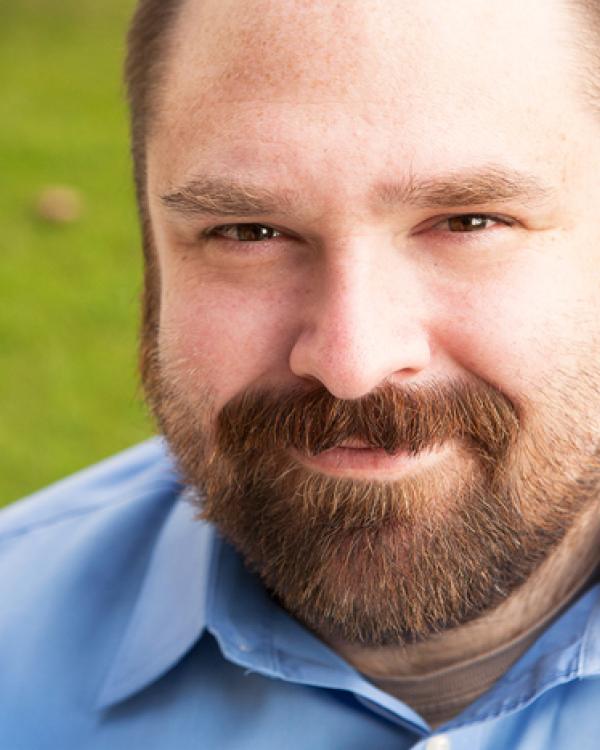
David Hallowell is a doctoral candidate in the Department of Education with an emphasis in child and adolescent development, and an interdisciplinary emphasis in cognitive science. Hallowell has pursued his interest in cognitional theory as an undergraduate in psychology and social behavior at the University of California, Irvine; as a U.S. Fulbright Fellow (2005-2006) in Vienna, Austria; for his M.A. in philosophy at Boston College; and now for the Ph.D. in the Gevirtz Graduate School of Education. He is currently doing innovative research on how young children reason about plane and solid shapes across 2D and 3D representations. His areas of interest are spatial reasoning, early geometry learning, and neo-Piagetian theory (Case & Okamoto).
GGSE: Do you have a favorite GGSE memory?
Hallowell: I will treasure many of the experiences that I have had as a graduate student in the GGSE. My fondest memories are of traveling to present academic work with my advisor, Prof. Yukari Okamoto, our collaborator, Prof. Laura Romo, and other graduate students from our research group. On one trip, we rented a car and drove from Amsterdam to Leiden to visit the city’s 400-year-old botanical garden. Sharing the fruits of our academic work while enjoying phenomenal cultural experiences was pretty tough to beat, and I will always be grateful to all of the people who made endeavors like that possible for graduate students.
GGSE: What are your plans after graduation?
Hallowell: My family and I are headed up to Seattle, where I have accepted a position with Google as a UX researcher. I will be helping to develop Google’s Cloud analytics experience. I’m looking forward to using my 20%-time to collaborate with AI developers on some Google Education projects. My wife and I are expecting our third child in October, so I plan on sleeping as much as possible before then.
GGSE: Tell us a little about your research topic.
Hallowell: I study children’s spatial reasoning in early geometry learning contexts. I collaborated with mathematics professor Bill Jacob to create a series of geometry investigations. We used a 3D printer to created special triangle manipulatives for the investigations, then took them into local charter schools and video recorded 2nd, 4th, and 6th grade students engaging in the investigations. Professor Okamoto and I are conducting an analysis of the transcripts in support of a new theoretical construct we are proposing as an aspect of neo-Piagetian theory. Professors Betsy Brenner and Laura Romo have been providing expertise for the design, implementation, and analysis of the data, as both have extensive experience with key aspects of the project.
GGSE: What sparked your interest in spatial reasoning in STEM education?
Hallowell: I originally came to the GGSE to work with Professor Okamoto, and it was one of the best decisions I have ever made. She is one of the world’s leading experts in neo-Piagetian theory. She is three dissertation signatures down directly from Piaget, and her advisor Robbie Case generated the most robust appropriation of Piaget’s work in the field of education that is out there. In addition to this background, she has been collaborating with an international research group that is publishing on spatial reasoning in STEM education, so there is a confluence of interest there. Also, I have nearly completed the interdisciplinary emphasis in cognitive science, and my dissertation work flowed out of my deep interest in cognitive development. My exposure to Bill Jacob's Math 100 sequence in our Teacher Education Program rounded it all out for me, linking theory to practice, and the dissertation materialized out of these separate but related influences. If we can understand the multiple pathways to understanding in challenging fields such as mathematics, educators will have more tools at their disposal to invite students to a seat at the STEM table. This concern motivated my interest in doing a project of this magnitude for my dissertation.